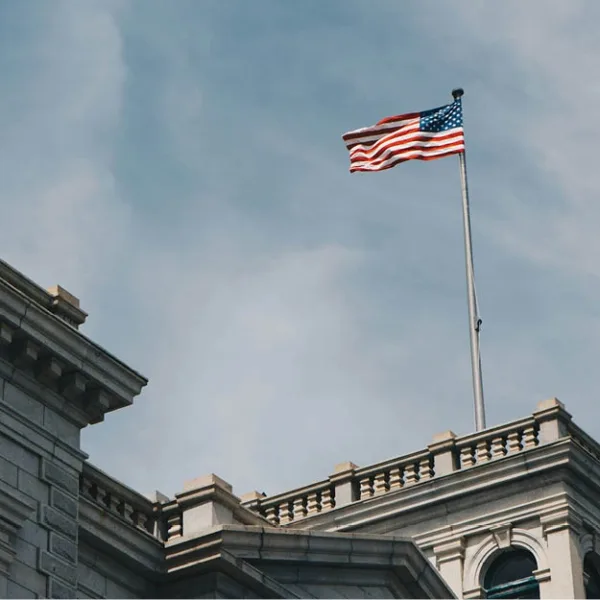
According to an article by Dronelife.com:
The United States is now taking its broadest, most coordinated action yet to shape the future of its drone ecosystem. Through a mix of regulatory restriction—the “stick”—and an array of market-building incentives—the “carrot”—federal agencies and lawmakers are pursuing their overarching goal: building a robust, innovative, and secure U.S. drone industry while reducing national reliance on Chinese-made platforms.
The “Stick”: Section 232 and Targeted Regulatory Action
Recent moves by the U.S. Department of Commerce, particularly the Section 232 investigation, are part of a targeted effort to assess and mitigate national security risks associated with Chinese-manufactured drones and critical components. This investigation, working in parallel with new ICTS rulemaking and significant provisions in the FY25 National Defense Authorization Act (NDAA), gives regulators broad powers to curb imports or set restrictions on drones and technologies linked to foreign adversaries—above all, China’s DJI, which currently dominates both the consumer and enterprise market in the U.S.
Such scrutiny is not mere symbolism. The NDAA required a security risk review that could see Chinese-made drones added to the FCC Entity list – banning them from use of FCC bandwidth and effectively preventing new models from entering the market. Meanwhile, new Commerce Department guidelines aim to precisely target the highest-risk platforms and technologies, using hardware and software markers to prevent companies from merely shifting assets to different companies to skirt restrictions.
The “Carrot”: Incentives for U.S. Domestic Drone Manufacturing
In tandem with new restrictions, U.S. lawmakers and defense officials are marshaling breakthrough incentives to cultivate a strong domestic drone sector. The $13.5 billion “One Big Beautiful Bill Act” (OBBBA)—the largest federal drone commitment since the Reaper era—creates near-term funding and demand signals for U.S. drone startups and scale players, encouraging the expansion and rapid prototyping of secure, affordable UAS platforms.
The Pentagon’s Replicator Initiative and Defense Secretary Pete Hegseth’s sweeping procurement reforms complement these efforts. Secretary Hegseth’s July 2025 memo stripped away years of “red tape,” setting fast-track acquisition goals and creating explicit purchase commitments for American drone companies—especially those able to deliver low-cost, attritable drones at scale. These actions, together with NDAA provisions to fund U.S. supply-chain expansion and support critical component production, provide manufacturers with both the near-term opportunity and long-term confidence needed for sustained investment.
As Peter Fuchs, CEO of Ascent Aerosystems, explained: “The carrot-and-stick analogy is a fair characterization [of the Section 232 investigation, OBBBA guidance, and Secretary Hegseth’s memo combination], and gives the U.S. drone industry the clearest signal yet that domestic UAV manufacturing matters. For manufacturers like us, that combination could create the market predictability and industry confidence required to invest, scale, and deliver the next generation of American made UAVs. And American manufacturers are ready to deliver.
Soaring to new heights, together.
Be sure to visit the BWU Technology Partnerships Initiative website to learn more about how our NEOFIX program drives economic growth, promotes policy and infrastructure to improve drone safety and efficiency in various industries, and ensures that drone technology is being used responsibly.

